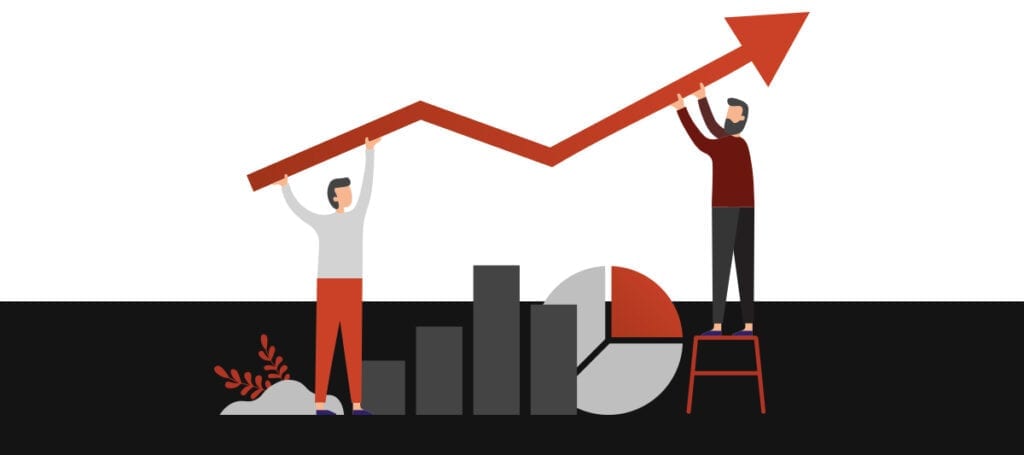When I was a child, I learned some basic concepts in the field of Mind Control (my parental units were willing lab rats…). I would yield my mind power over my mom like Obi-Wan Kenobi over an unassuming storm trooper. I was like a master puppeteer at a marionette convention. Turns out, I was just like any other developing toddler who had newly discovered the power of throwing tantrums. You know how the story goes… The trick only worked until I wasn’t cute anymore. Mama wasn’t having any crying babies in her backseat! She finally learned how to counter my most magnificent moves, and I learned that tantrum-throwing would not produce the results that it had before. Eventually – and thankfully – my attitude, and my tactics, would have to change.
For so many years, Search Engine Optimization was a simile for “Search Engine Manipulation.” Pull a few tricks and move a few levers, and you could have Search Engines Rankings wrapped around your finger. These “Black Hat” techniques became so normal that we started calling them “Gray Hat” because nearly everyone was doing them. These techniques were touted and blasted from every blog and e-blast as THEE way to get more people to your fantastic (or not) website. And it worked for a while. Until Google grew wise to Gray Hat manipulation, and subsequently decided it wasn’t cute anymore.
When Google decided it was time to remove the “gray” from Gray Hats, and make the issue black and white again, it released an update known as Panda. Panda has had several revisions over time, but the basic message was plain: quality content is king. If you’re not contributing to the conversation that searchers are starting, you’re just adding noise. And noise doesn’t deserve front-page coverage. If you have thousands of backlinks from low quality webpages, or content that you’ve “borrowed” from another online source, chances are Panda thinks less of you. If your content isn’t engaging relevant participators, you may need to start over. You’ve been practicing Search Engine Manipulation. And that’s a dead strategy.
In a recent article by Jennifer Slegg, Google software engineer Matt Cutts says, “If you think you might be affected by Panda… try to make sure that you’ve got high-quality content, the sort of content that people really enjoy, that’s compelling, the sort of thing that they’ll love to read that you might see in a magazine or in a book, and that people would refer back to, or send friends to, those sorts of things.” For busy doctors and practices, this is the issue. There’s barely enough time in a day to get the work done and check messages and email. Now you’re expected to be mindful of what’s happening in the world of the Interwebs, too? Let’s see… SEO, Blogging, Pay-Per Click, Retargeting, Analytics, Directories, Facebook, Twitter, Yelp, Google+, and more! You should also consider that these services aren’t optimized if you buy them from some service provider(s) á la carte. At the end of the day, you don’t have to keep up with all of this. You just need to be savvy enough to know the difference between a marketing company that just wants to sell you a product and an agency that wants to partner with you to achieve your goals.
Did you know that the Small Business Administration (SBA) recommends that small businesses (under $5 million annual revenue) should allocate about 7-8 percent of its budget to marketing? It’s a good starting point. Now, if you want to grow your business, add 2%. You’re in a major metropolitan area? Add another 2%. Are you in a competitive industry (like facial plastics)? Add another 2%. How much should you spend on digital marketing? I don’t know – how much do you depend on it? Truth is, the most competitive practices out there are spending 10-20% of their annual budget on marketing – and about 50% of that is invested in digital. There’s a reason for it. Tantrums no longer work in the Google milieu. If you’re going to stay on (or get to) the top of the mountain, you’re going to need a Sherpa. Find an expert guide – a creative, strategic marketing agency that understands that the climb is tough and is going to take several tools to maneuver. Find a partner agency that is in it to see you succeed. If you want to change the results, you’re going to need to change the strategy.









